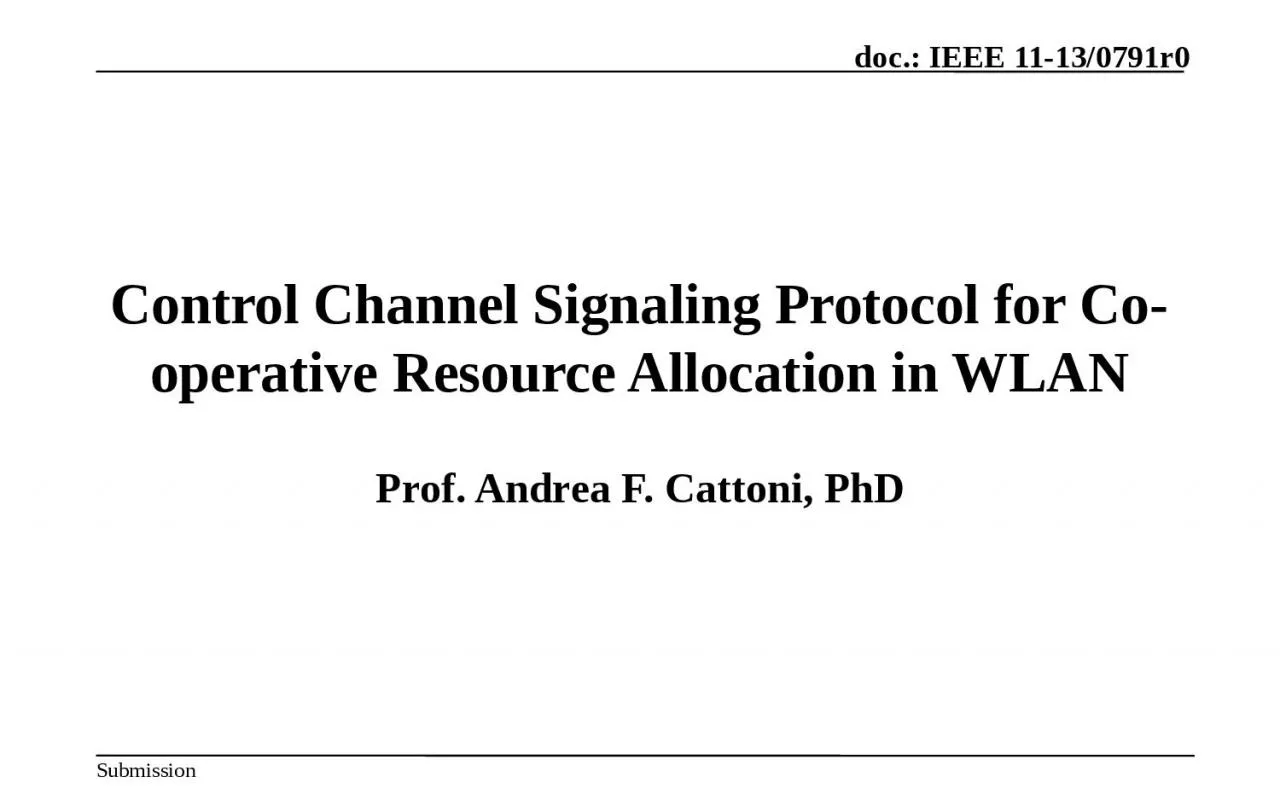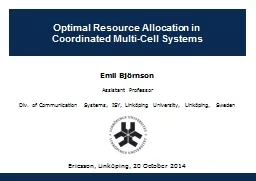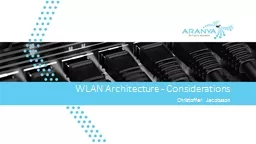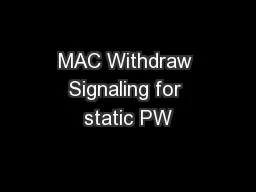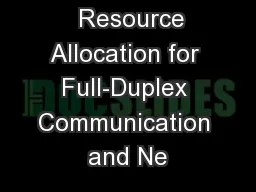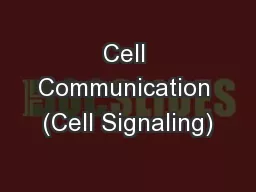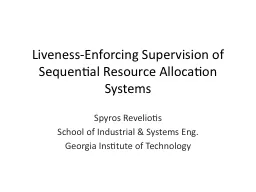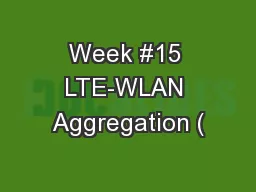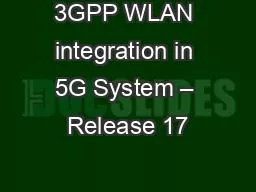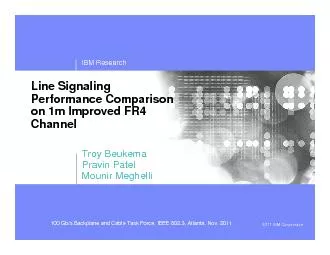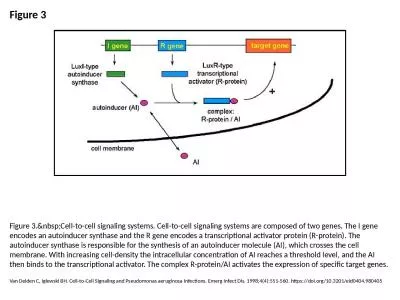PPT-Control Channel Signaling Protocol for Co-operative Resource Allocation in WLAN
Author : queenie | Published Date : 2023-07-08
Prof Andrea F Cattoni PhD Agenda What is COST and the Action IC0902 Contributors Scenario and motivation Protocol definition Road aheadimpact July 2013 Andrea F
Presentation Embed Code
Download Presentation
Download Presentation The PPT/PDF document "Control Channel Signaling Protocol for C..." is the property of its rightful owner. Permission is granted to download and print the materials on this website for personal, non-commercial use only, and to display it on your personal computer provided you do not modify the materials and that you retain all copyright notices contained in the materials. By downloading content from our website, you accept the terms of this agreement.
Control Channel Signaling Protocol for Co-operative Resource Allocation in WLAN: Transcript
Download Rules Of Document
"Control Channel Signaling Protocol for Co-operative Resource Allocation in WLAN"The content belongs to its owner. You may download and print it for personal use, without modification, and keep all copyright notices. By downloading, you agree to these terms.
Related Documents

